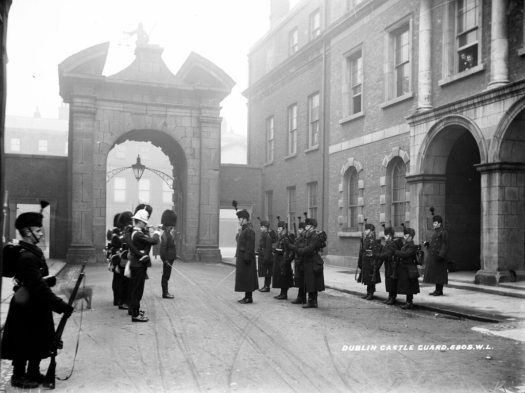Note: This was originally published as the daily newsletter at the Columbia Journalism Review, where I am the chief digital writer
In October of last year, the New York Post dropped what looked like a bombshell story, in the middle of the runup to the presidential election. It alleged that a laptop belonging to Joe Biden’s son Hunter had been found in a repair shop, and that emails taken from this laptop allegedly implicated the Bidens in an influence scheme in Ukraine. The story started to weaken under close scrutiny, however: the owner of the repair shop contradicted himself and referenced conspiracy theories in an interview, the emails made their way to the Post via some questionable sources — former Trump advisor Steve Bannon and Trump lawyer Rudy Giuliani — and the story was co-written by a former producer on Sean Hannity’s Fox News program, in her first published article.
In his Sunday media column, Ben Smith, the media writer for the New York Times, noted that this story was used in a session about misinformation that Harvard’s Shorenstein Center held recently for media executives. Although Twitter and Facebook blocked or restricted the spread of Biden laptop story out of concern that it might be misinformation, Smith argued the Post report was just “an old-fashioned, politically motivated dirty tricks campaign,” and that describing it as misinformation doesn’t add much to our understanding of it. Misinformation is “a technocratic solution to a problem that’s as much about politics as technology,” he said, and a reporter’s job isn’t to “put neat labels on the news. It’s to report out what’s actually happening, as messy and unsatisfying as that can be.”
In questioning the desire to label things as misinformation, Smith is in sync with some other critics, including BuzzFeed writer Joe Bernstein, who wrote a recent piece for Harper‘s magazine (which Smith linked to in his column) about the movement he calls “Big Disinfo.” Believers, he argues, want users of social-media platforms to think they are gullible rubes who are being manipulated by social targeting and advertising algorithms. The terms misinformation and disinformation, he says, “are used casually and interchangeably to refer to an enormous range of content, ranging from well-worn scams to viral news aggregation.” Bernstein argues that these terms are often just jargon that means “things I disagree with” (I spoke with Bernstein about his piece and some of the conclusions he reached in a discussion on CJR’s Galley platform).
Continue reading “Political misinformation has always existed, but scale matters”









